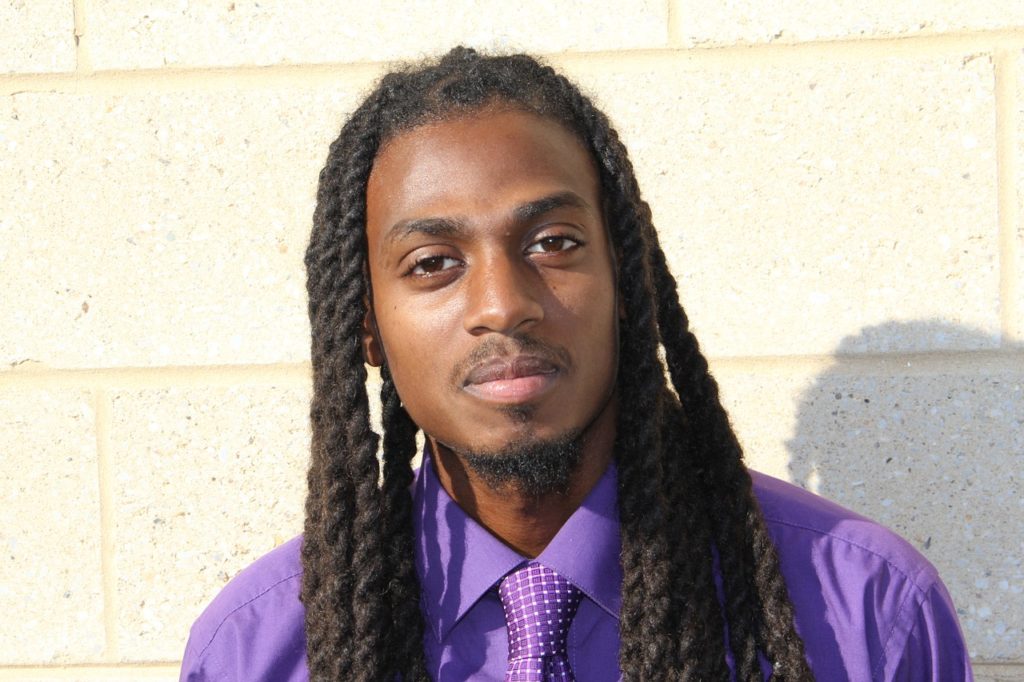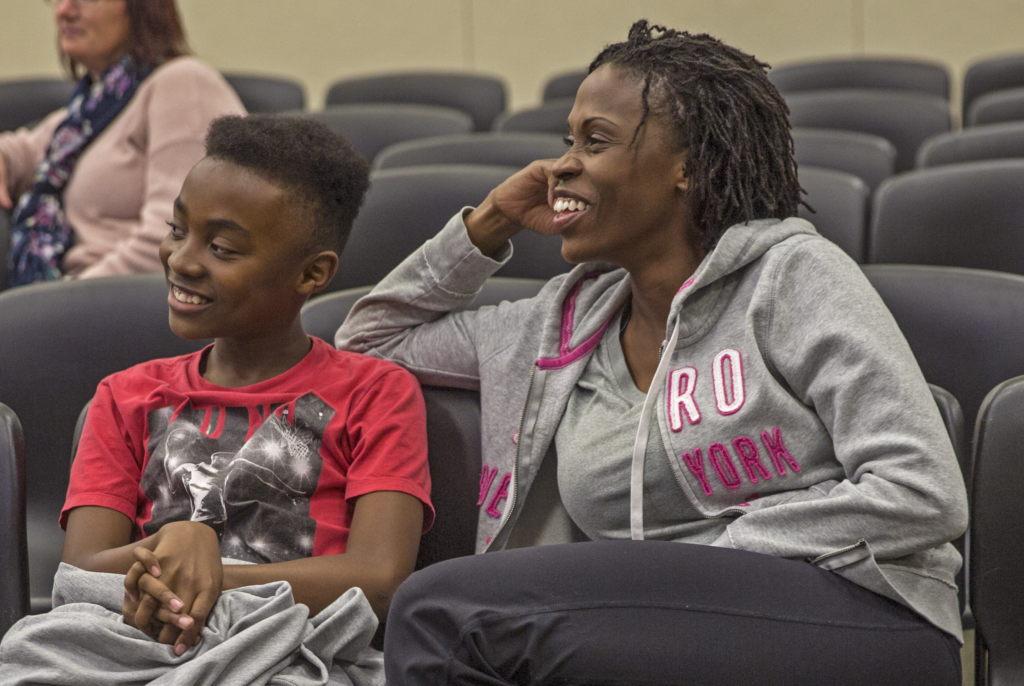
Negative statistics about black people are widely embraced in American society – even when they are wrong.
By Ivory A. Toldson | Feb 25, 2019
Evidence suggests white teachers are more negative with – and have lower expectations for – black students.
As a counseling professor who specializes in educating black children, these findings do not surprise me. I often hear education professionals and others use simplistic negative statistics to explain complex challenges facing black students.
In my book, “No BS (Bad Stats): Black People Need People Who Believe in Black People Enough Not to Believe Every Bad Thing They Hear about Black People,” I refer to these kinds of negative statistics as “BS.” “BS,” or “bad stats,” are data points that are incomplete, poorly contextualized, usually negative and sometimes wrong. My book uses data, research and anecdotes to confront nine lies about education and black students.
I give three examples of the falsehoods here.
Myth #1: More black men are in prison than college
In 2002, the Justice Policy Institute released a report called “Cellblocks or Classrooms.” The report was meant to spur policymakers to invest in college education for black males. One line resonated and echoed more than others: “Nearly a third more African American men are incarcerated than in higher education.”

Claims that there are more black men in prison than in college are no longer true. chandlerchristian licensed under CC BY-NC-ND 4.0
Was it ever true? As I noted in an interview with the BBC in 2013, the Justice Policy Institute accurately reported the federal education data available at the time. The problem is that data was incomplete. For instance, several historically black colleges and universities, as well as my alma mater, Temple University, where I was enrolled as a doctoral candidate in 2001, reported no black male students in 2001 – which would have been impossible. Colleges have apparently gotten better at reporting race and gender data since.
When documentary filmmaker Janks Morton and I first published our 2011 response to the claim that there were more black men in prison than in college, we refuted it by showing that there were about 1.3 million black men in college and 840,000 black men in prison. By 2015, the total number of black men in college was 1,437,363 and the total incarcerated was 745,660. A chart that I produced in 2013 shows the trend in black male incarceration and college enrollment over the 10 years after the JPI report.
Not only is “more black men in prison than college” false, it may lead to bad policy and practice for black boys. In my view, educators who believe their black male students have a better chance of ending up in jail than college might focus more on preventing delinquency, rather than preparing helping them realize their college potential.
Myth #2: Black students lag in reading ability
During a panel discussion, I once heard a principal of a predominantly black high school state that “100 percent” of the students at her school were reading below grade level. Another panelist added the common myth that low reading scores in the third grade help prison builders calculate the need for future prison beds. But assessing reading ability involves much more than using standardized tests of reading proficiency.
For instance, scoring errors, lack of motivation, fatigue, resentment and attention deficits can reduce the accuracy of standardized reading test scores. These sources of error may be more prevalent in predominately black schools with substandard conditions.
Before writing off an entire school because of test scores, educators should become familiar with the specific assessments used, the circumstances by which the test was administered and the basic concepts of testing theory. Consider Orange County School Board member Rick Roach who – in a quest to understand reading tests better – took Florida’s state test for reading comprehension. Although he has two master’s degrees, he failed. Rick Roach’s experience backs up research that recommends educators look for beyond the tests to assess achievement.
Myth #3: Single mothers are to blame for problems among black students
In a training, a teacher told me that single mothers were the “number one” reason for black boys getting suspended. When I asked the teacher what research supports this conclusion, he insinuated that it was common knowledge.

Household composition and academic outcomes have a tenuous link. Photo By: Lance Cpl. Jennessa Davey
In my book, I detail the research that I have conducted and reviewed on the connection between parents and academic success. Although 69 percent of black children live in homes without both biological parents, there’s little conclusive evidence that household composition determines educational outcomes.
In my 2013 analysis of more than 12,000 parents who completed the National Household Education Surveys-Parent and Family Involvement Survey, I found that parents who were black and Hispanic, non-native English speakers, lived in unsafe neighborhoods and had less than a high school education were less likely to visit school for conferences with teachers and administrators or school activities. My study found that this lack of involvement with school was statistically associated with lower levels of academic achievement among their students.
The study also found that parents of black students received less frequent and more negative communication from their child’s school. Specifically, parents of black students were the most likely to receive phone calls from school because of a problem with their child’s behavior or academic performance. Parents of white children were the most likely to receive regular newsletters.
My book details three parenting factors that increase students’ academic functioning regardless of marital status.
The first is academic socialization – that is, lessons around the goals and purposes of education and strategies for success.
The second is positive parenting, which is when parents frequently tell their children they love them and are proud of them and reinforce good behavior.
The third is having high expectations, such as expecting children to finish college.
Why we need to stop the BS
The first step to correcting a problem is to acknowledge that it exists.
In my opinion, BS is pervasive in educational settings for black children because educators want quick and easy ways to understand longstanding and complex issues. People should question negative statistics, like those I discuss in this article, and seek a better and more nuanced perspective of the issues, instead of just accepting BS as proof of failure.
Ivory A. Toldson, Professor of Counseling Psychology, Howard University
This article is republished from The Conversation under a Creative Commons license.
